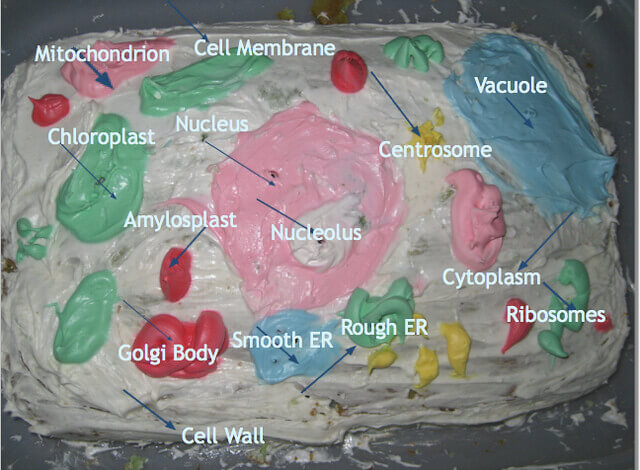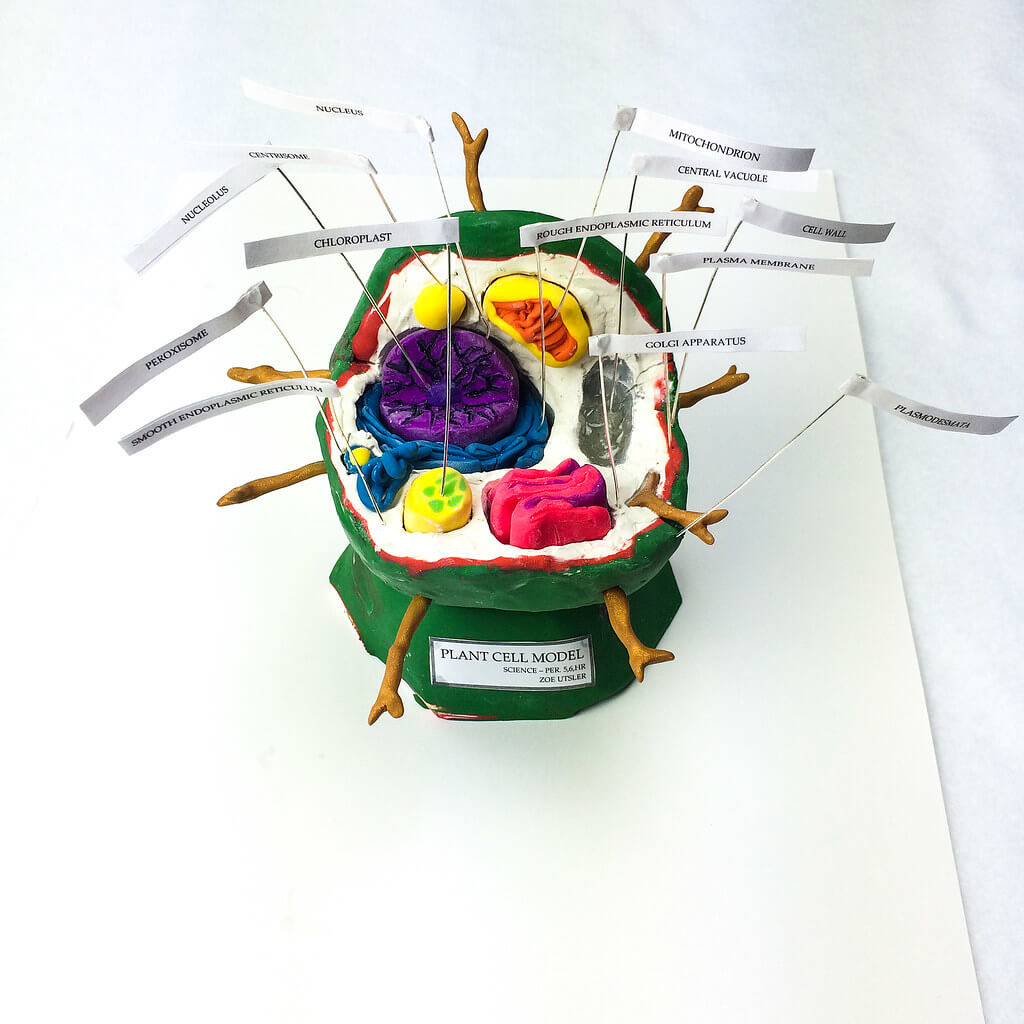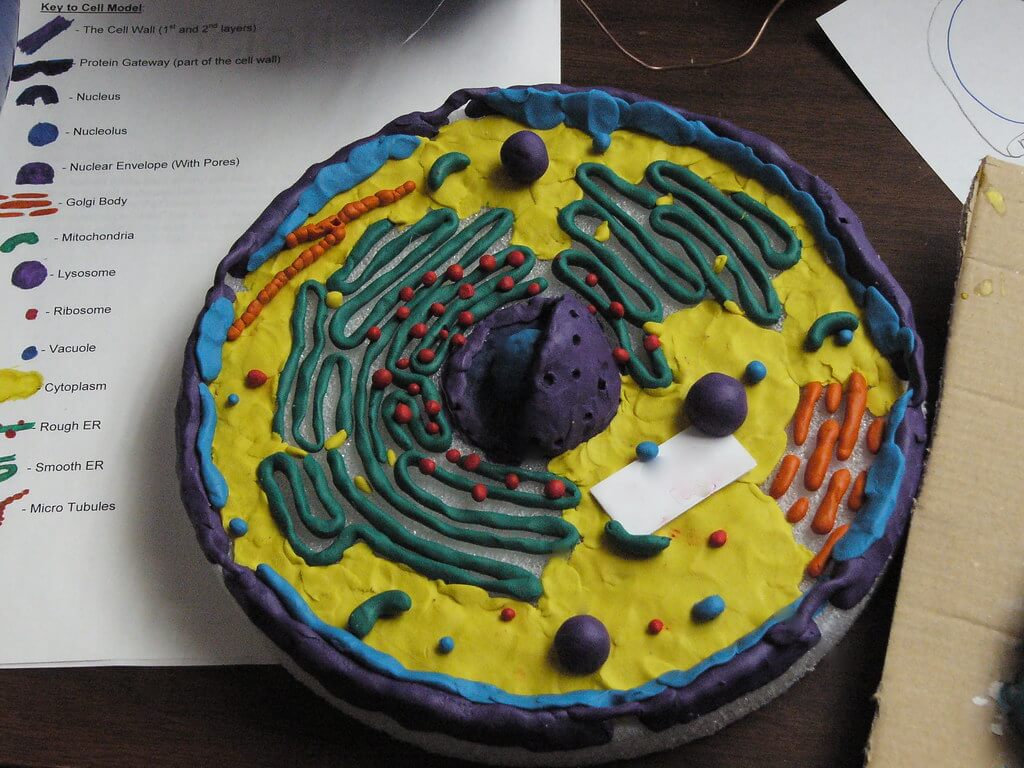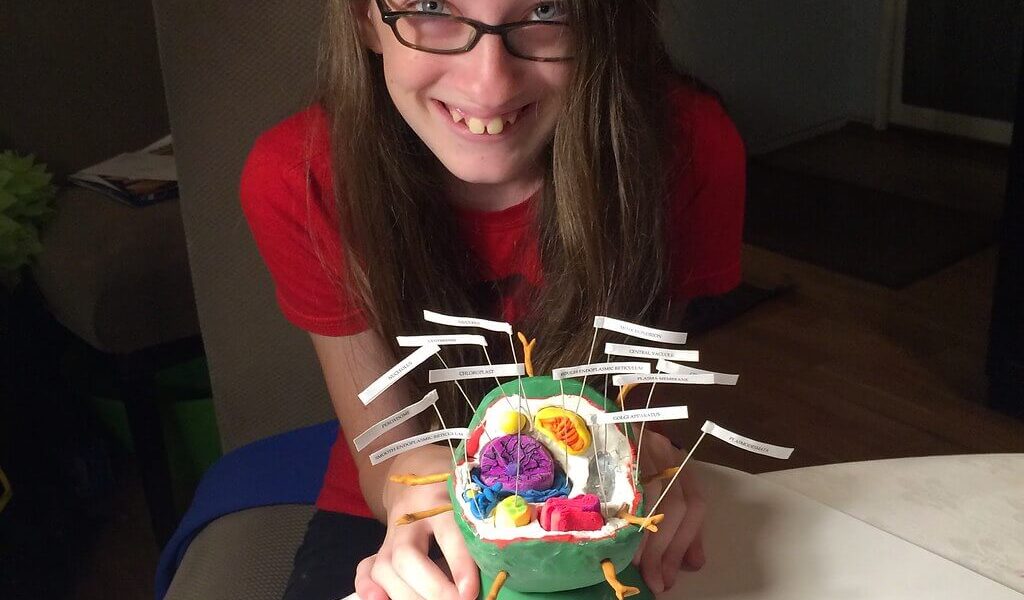The Best Plant Cell Model Tutorial: Step-by-Step Instructions for Success
Introduction
From the towering oak tree to the flower in your garden, plants start from the most straightforward place: the plant cell. Though invisible to the naked eye, the plant cell packs a lot of functional power into a tiny, microscopic space.
Have you ever wondered how plants store energy or grow tall against the forces of gravity? You can explore this curious world of chlorophyll and chloroplasts through the visual aid of plant cell model.
These 3D representations provide an intimate look into the complex mini-factories that churn away at photosynthesis to help feed the planet every day. From boxy block depictions to elaborate fabrications, models illuminate the hidden functions that drive each organelle and structure within the plant cell model.

Building your model offers an interactive, hands-on way to discover how the cell wall, vacuole, and nucleus join forces to maintain a delicate balance of production, storage, energy-making, and growth. With suitable materials and a dash of creativity, you can construct a custom version and unlock a new understanding of the cells that sustain all plant life on Earth.
Demystifying the Inner Workings: Key Components of plant cell model
At first glance, plant cells appear as simple round or rectangular structures. Yet within their translucent walls exists a fascinating network carrying out essential functions. Magnified 400x under a light microscope, these tiny 5 to 100-micrometer boxes reveal specialized parts that power one of Earth’s most critical organisms.
Let’s unbox the mystery of what’s inside a plant cell model and why each piece matters:
The Frame: Cell Wall
Unlike animal cells, all plant cells contain a sturdy cell wall that encases the cell membrane and other structures within.
What’s it made of?
- Cellulose fibers bonded together for rigidity
- Polysaccharides adding structural support
Key functions:
- Defines cell shape
- Provides strong structural support against gravity
- Resists inward pressure, allowing cells to achieve turgor pressure
- Connects with other cell walls to form plant structure
The cell wall gives plants distinctive shapes, ranging from round algae to straight timbers to flexible ivy vines.
The Border Patrol: Cell Membrane
The thin, porous cell membrane serves as the gatekeeper of the plant cell:
What it does:
- Physically separates the cell from the surrounding environment
- Controls movement of substances in and out
- Has openings to allow passage of specific molecules
- Communicates signals from neighboring cells
Why it matters:
- Essential for maintaining cell homeostasis
- Only allows beneficial substances to enter the cytoplasm
- Prevents unwelcome pathogens from invading cell
While amazingly adaptable, if the integrity of the membrane weakens, the cell dies.
The Matrix: Cytoplasm
The water-based cytoplasm comprises over 70% of the plant cell’s innards. Floating within this jelly-like fluid matrix are crucial organelles along with:
- Salts
- Proteins
- Sugars
- Enzymes
Its key roles:
- Provides a fluid medium for organelles to operate
- Allows organelles to circulate and interact freely
- Contains dissolved nutrients needed for metabolic processes
- Is the site for many essential chemical reactions
The dynamic cytoplasm may appear chaotic but works harmoniously to meet the plant cells’ needs.
The Mighty Mitochondria: Unpacking the Energy Factories of plant cell model
When discussing the hustle and bustle within a plant cell, the mitochondria deserve significant attention as the hardworking “energy factories.”
At first glance, these ancient bacteria look like common oval sacs measuring 4 to 10 micrometers long. But a closer look reveals the formidable power of these energy-making machines.
🔋 Producing Powerhouses
Main Function:
- Generating 90% of the cell’s supply of adenosine triphosphate (ATP) molecule
The ATP process:
1. Glucose & oxygen enter the mitochondria
2. Broken down during cellular respiration
3. Releases energy to bond a phosphate group to adenosine diphosphate (ADP)
4. Making ATP! 🎉
By the Numbers:
- Plant cells average 200 to 2,000 mitochondria
- Have 2 to 10 times more than animal cells
- Accounts for 25% of cytoplasm volume
🤓 Fun Fact: The size, quantity, and distribution of mitochondria often adapt to different plant cells’ specific energy demands.
This ATP powers crucial cellular operations:
- Biosynthesis of molecules
- Cell division & growth
- Transporting nutrients
- Muscle cell contraction
🌱 The Chloroplast Power Duo
While mitochondria supply most ATP energy, chloroplasts also produce ATP _and_ generate food during photosynthesis. This complementary synergy between the two organelles fuels all plant cell activity.
Chloroplast specifics:
- Contain chlorophyll pigment
- Transform solar light energy into chemical energy (glucose)
- Carry out photosynthesis to feed the plant
💪 Together They’re Unstoppable!
The hardworking mitochondria churning out ATP paired with chloroplasts capturing the sun’s energy makes plant cells extremely efficient producers and the ultimate food source for life on Earth!

Constructing an Edible Plant Cell Model: The Ultimate STEM Activity
Venture into the world of 3D learning by constructing your very own plant cell model. This hands-on STEM activity translates the abstract concepts of botanical science into a tactile multimedia experience.
With a blend of creativity and attention to detail, you can fabricate a delicious, dazzling depiction of the inner workings that power Earth’s critical photosynthesizers.
Why Build a Plant Cell Model?
- Visualize the unseen:
- Observe the microscopic organelles up close
- Grasp the actual shape and structure of cell parts
- Cement knowledge: Use memory triggers by physically representing components
- Interact with concepts: Hands-on process reinforces instruction
- Unleash creativity: Customize and embellish based on imagination
- Yummy learning! Edible models make for memorable education
Planning Your Plant Cell
First, gather your building supplies and sketch ideas for each part you wish to model. Consider the following materials for constructing an inventive, tasty rendition.
Structure Materials:
- Graham crackers or candy wafers for cell wall
- Gelatin or transparent candy for cell membrane
- Cake or cookie dough for cytoplasm matrix
Organelle Ingredients:
- Small candies, cookies, or nuts as vesicles
- Gummy circles or M&Ms to depict chloroplasts
- Licorice, smarties, jelly beans to embody mitochondria
Remember totems for the nucleus, ribosomes, chromosomes, vacuoles, grana, and more by utilizing cereal, cookies, candies, pretzels, or anything edible!
Constructing Your Cellular Treat
1. Prepare your base shape: Cut graham crackers or wafers into polygons or circles. Frost perimeter as the rigid cell wall.
2. Coat the cell membrane: Spread translucent gelatin or melted candy over the graham base, leaving a cavity. Let firm up.
3. Fill in the cytoplasm matrix: Spoon in cake or cookie batter to fill base. Bake if using dough.
4. Embellish your organelles: Get creative nestling in the candies, nuts, and cookies symbolizing all cell parts. Refer to your sketch! Use toothpicks to attach items.
5. Share your masterpiece! Slice open your cell to reveal the anatomical workings and impress friends with your knowledge.
Now, you’re ready to impress all your friends with this over-the-top plant cell concoction as you show off a tasty treat and cellular smarts. Just remember to leave room for photosynthesizing!

Harnessing Plant Cell Models: Creative Techniques for Engaging Education
Constructing your 3D plant cell gives an enriching hands-on learning experience. But the benefits stretch far beyond mere model-making magic. Let’s explore inventive ways to maximize plant cell models as the ultimate supplemental teaching tool.
Memory Solidification
Exam time woes? Struggling students can anchor abstract concepts into long-term memory by incorporating tactile, visual, and spatial processing pathways:
- Touch each part – connect names via physical interactions
- Observe spatial arrangements – map out organelle placements
- Embed mental images – attach visuals to textbook definitions
💡Pro Tip: Sketch labeling diagrams directly onto cell models for helpful memorization cues!
Interactive Problem-Solving
Rather than drudging through worksheets, infuse a playful competitive spirit into your plant biology curriculum:
- Quiz games – challenge friends to name mystery cell pieces
- Manipulatives activity – match organelles with their functions
- Peer presentations – explain roles while classmates guess parts
💡Pro Tip: Make multiple interchangeable organelle pieces for movable parts that power personalized participation!
Tactile Demonstrations
Replace mind-numbing lectures with stimulating action-based explanations:
- Role play organelle jobs – act out their daily duties!
- Simulate chemical processes – have volunteers move through photosynthesis steps
- Model transport mechanisms – use beads, props, and student mobility to embody cell dynamics
💡Pro Tip: Incorporate real-life sounds, lighting, and narration for immersive plant cell theatrics!
With ingenuity, educators can implement hands-on plant cell models to revolutionize passive learning routines. Tap into creativity and customize it for your classroom needs!
Conclusion: Plant Cell Model
Plant Cell Model: Unlocking a Microscopic World
Our journey through the inner workings of the plant cell comes full circle as we reflect on all these mighty microscopic factories have to offer.
We uncovered the secrets behind the sturdy cell wall and selective membrane that establish boundaries and control the flow of nutrients. Floating within, the cytoplasm matrix sustains metabolic reactions and organelles while mitochondria and chloroplasts drive energy production. Other key players like the nucleus, vacuoles, vesicles, ribosomes, Golgi apparatus, and more keep operations running smoothly.
Though tiny, these dynamic cells grow into robust plants that form the foundation for life by:
- Producing oxygen
- Converting sunlight into energy-rich glucose to feed ecosystems
- Supplying nutrients, medicines, fibers, fuels, habitats, and inspiration that elevate our human existence
Beyond importance, the plant cell offers intrigue and discovery. Bringing concepts to life through molded models connects us more deeply to science while sparking creativity in learners of all ages.

Customizing textures, shapes, and labels imprint visual, tactile, and spatial memories that stick with students long term. Pushing engagement further, models allow kids and adults to interact dynamically with cell structures through games, demonstrations, and fun challenges. Constructing a detailed plant cell model is an engaging way to comprehend cellular structures and functions.
As technology grants us greater insight into our hidden universe, curiosity about the mechanics powering our green world grows. 3D-printed replicas now depict plant cell parts flowing with vivid precision. Continued exploration will only further unlock nature’s most essential and beautiful building blocks.
So, let your fascination with the natural world flourish in new dimensions. Now is the perfect time to unleash your creativity and begin creating your plant cell model!

